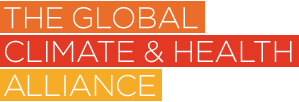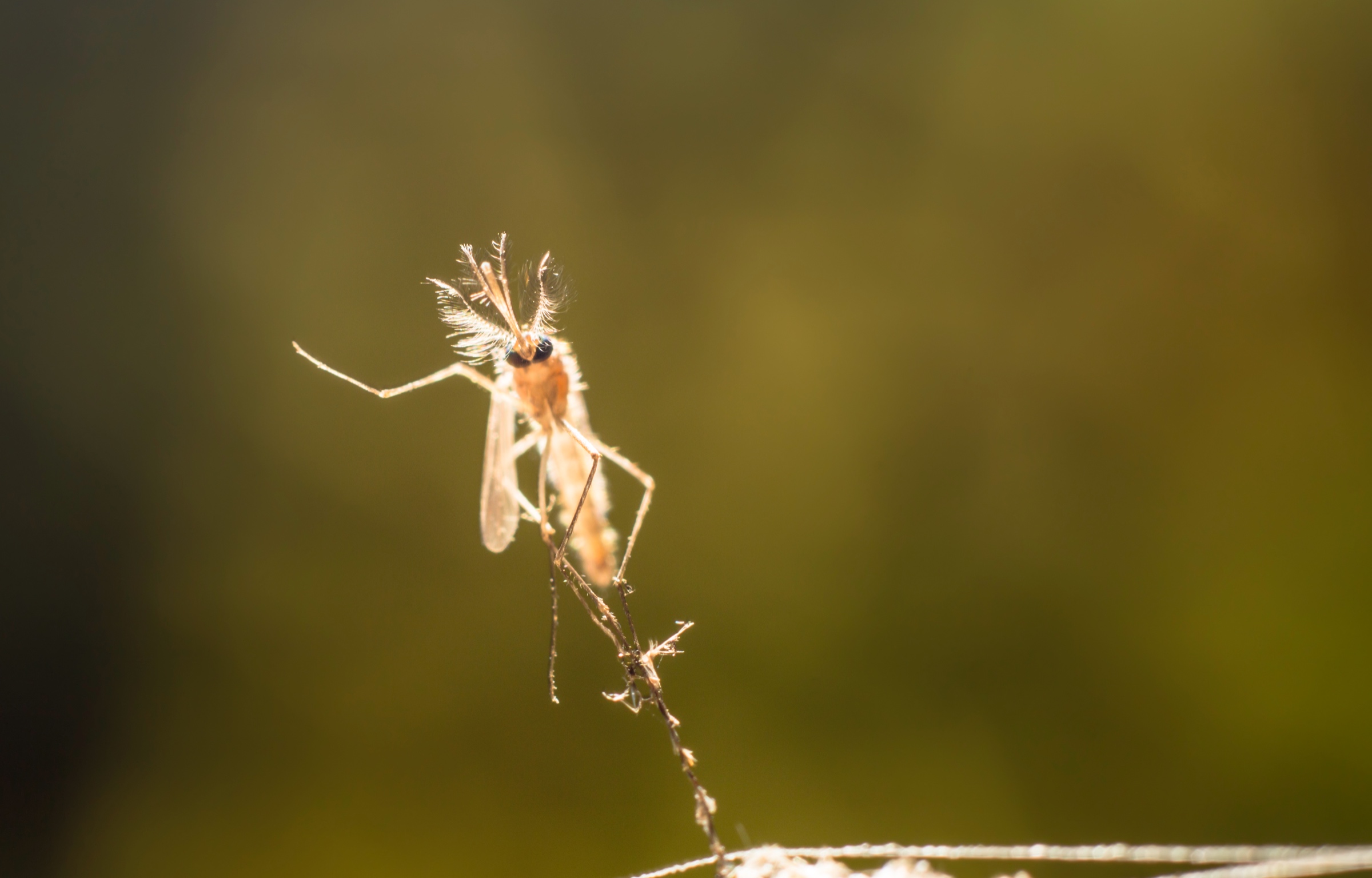How rising sea levels are threatening the food security and health of coastal communities
As sea levels rise, people in coastal and island communities face unique health challenges.
Climate change is affecting the food they depend on and the environment they live in.
How can these communities adapt to their changing conditions?
As a former fisherman and now a fishmonger, Neel Abesinghe has made a living, and fed his family, from the sea for 25 years. The seas around Sri Lanka are rich with marine life, thanks to its unique climate and geological features. But Abesinghe has noticed some changes in catches in recent years – the fish stocks he depends on are dwindling.
Sri Lankans depend on the sea – 50% of their animal protein intake is seafood, and fish exports play an important role in the country’s economy.
But, as the climate changes, so does the behaviour of marine life. Rising ocean temperatures and increasing salinity due to climate change reduce the marine biodiversity around Sri Lanka. One-quarter of the world’s population lives in coastal communities and are at-risk of being flooded by sea levels rises by 2050.
“I do believe that we as fishermen are always at risk as people whose day-to-day life depends on the ocean,” he says, “but despite the risks of the job, we keep fishing to earn money and feed our families.”
Abesinghe is not unusual. One million Sri Lankans, in a country of 22 million people, work in the fishing industry, and many are experiencing similar shortages.
Rising sea levels affect fish numbers in a variety of ways. Estuaries can become siltier, tidal patterns can change, storm surges can push seawater upstream, and estuaries can become more salty. This affects fish, because many species reproduce in estuaries or on the coast, so they might end up losing their breeding grounds. With fewer fish breeding, there is less catch for the fishermen.
But it is not just livelihoods in coastal communities changing due to climate change. It’s affecting people’s health, too. Climate change is making people in Sri Lanka less food secure, which results in malnutrition, and disproportionately affects marginalised communities. Some, like Abesinghe, are having to relocate to find new lines of work.
Golam Mathbor, a professor in the School of Social Work at Monmouth University in New Jersey, USA, says that coastal regions are the “major victim” of environmental degradation from recent global ecological changes. Coastal communities, for example in Bangladesh, are experiencing acidity and loss of fisheries, which heavily impacts their quality of life. “Coastal regions of Bangladesh are on the verge of extinction because of sea level rise,” says Mathbor, when this results in the loss of fisheries vital for local livelihoods, and that an “alternative source of income is necessary for coastal people” now that fishing is increasingly unsustainable.
Then there are whole nations who face an existential crisis as seas rise. Raised no more than 2m (7ft) above sea level at its highest point, Kiritimati is one of the most climate vulnerable inhabited islands on the planet. A 2016 UN report has shown that half of households have already been affected by sea level rise. The nation is grappling with the very real prospect of having to move large number of its population elsewhere, making international steps to mitigate climate change and slow sea level rise an urgent matter of national survival.
On Pacific islands like Kiritimati, these rising tides can also bring pollution like nuclear waste, which in some places is already above safe limits of background radiation, and threatens food security.
And there are more everyday sources of pollution, too. “[For example], microplastic is one of the leading causes of coastal climate health risks as there is very little compliance of proper dumping of these materials,” says Mathbor.
There are whole nations who face an existential crisis as seas rise
Plastic pollution has been found on beaches of remote, uninhabited islands and shows up in sea water samples across the planet. One study estimated that there are around 24.4 trillion fragments of microplastics in the upper regions of the world’s oceans.
Microplastics contain harmful chemicals linked to health problems, including cancer, heart disease and poor foetal development. Studies have linked microplastics in fish to significant health issues in humans.
Abesinghe has experienced his business being affected by plastic pollution, noticing plastic in the fish he sources. However, microplastics aren’t the only problem.
Many feel that sea level rise is a “faraway problem”, says Thomas Herrington, associate director of the Urban Coast Institute at Monmouth University, though education is one tool to help people in coastal communities. “[But] if your community is already struggling with economic disadvantages or health disparity, there is a lack of capacity to adapt.” Engaging communities in co-developing solutions can help develop the most locally effective responses, while also strengthening community resilience. In the aftermath of some disasters, locals, rather than search and rescue experts, often rescue the greatest number of people.
Commercial fisheries can relocate or change their gear, but local fisherfolk working hand-to-mouth might struggle
Countries at risk of rising sea levels need more local experts, says Harrington. But there are reasons to be optimistic. There are mitigations being trialled to limit coastal erosion, from intentionally inundating land to create saltwater marshes, using bio-concrete in coastal areas instead of concrete (sprayed with microbes which fill gaps in the concrete as it cracks, extending its lifespan), to creating oyster reefs. The latter can be very successful, not only limiting erosion, but also cleaning waterways – and providing food.
While these are promising solutions, the will not prevent sea levels rising further and only offer local contingencies to a growing, global problem.
Anjalika Gunawardhana, a student studying coastal and marine resources at The Ocean University of Sri Lanka, which was founded to educate and train the next generation of marine experts, agrees that “educational programs can help people understand… potential solutions for rising sea levels. This collaborative approach is essential for addressing sea level rise’s complex and interdisciplinary nature.”
The Sustainable Island Solutions through Science, Technology, Engineering and Science (Sisstem), a multinational research and education programme, also aims to encourage people to collaborate on local socio-economic issues. Anouk Mertens, a project manager with Sisstem in Aruba, works with talented young locals who would previously travel to other countries to be educated and achieve their qualifications, such as the Netherlands or the US, consequently never return, causing a “brain drain” on the island.
The Sisstem project focuses on localised issues, such as rising sea levels, microplastics and a lack of support for coastal communities. Mertens says that students from this programme have worked on research that has had an international impact.
“We are teaching the students to work within their context, take ownership of their own islands, and find solutions for their own islands,” she says, adding that she hopes students find the solutions for their own islands rather than “waiting for solutions from outside”.
Mathbor says the biggest hurdle is finding cost-effective and viable strategies for coastal communities. Herrington has observed that commercial fisheries can relocate or change their gear, but local fishermen working hand-to-mouth might struggle. Some solutions, such as migrating to other locations in certain seasons, are not realistic or sustainable and he questions whether people in countries like Bangladesh and Sri Lanka can adapt their fishing gear appropriately.
“I think that’s a little bit more difficult for communities that may not have the capacity and capability to change what they’re fishing for and how they fish,” he says, resulting in even lower food security.
Fish market stall owner Abesinghe understands the risk and the hurdles he will experience but says he has no choice but to pursue fishing to feed his family. “Even if we understand the risk,” he concludes, “there’s no option but to sell fish to receive our daily income.”



